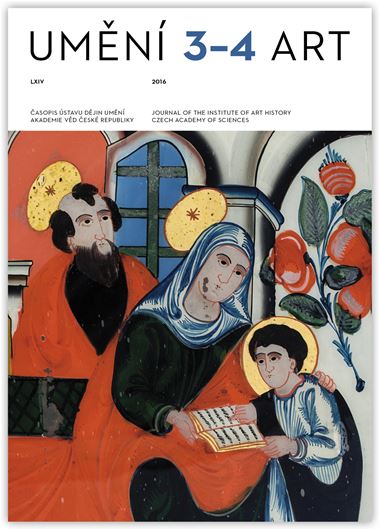Achim Timmermann
A Beautiful Madonna in Michigan
The aim of this short note is to introduce to a wider audience an unpublished fragment of a Beautiful Madonna, dating to c. 1400, and recently gifted to the University of Michigan Art Museum in Ann Arbor. Carved from soft dicotyledonous wood, probably lime, and measuring 28.58 x 27.94 x 12.07 cm, the still unrestored sculpture bears extensive traces of polychromy, some of it possibly original. In its current form, the figure consists of the head, turned toward the left and tilted slightly downwards, neck and upper torso, with the right shoulder mostly missing. The figure comes with no documentation. A series of customs stamps at the bottom of the statue indicate however that prior to arriving in the U.S. it was for sale in Austria. Despite its rather sorry state of fragmentation, enough remains of the figure to suggest that when originally completed as a full-length Madonna, it would have been of exceptional, if not superior quality. Indeed, a comparison with the surviving Beautiful Madonnas with their heads turned to the left and down toward the Christ Child reveals that by far the closest analogy to the Ann Arbor figure is provided by the limestone Madonna of Český Krumlov/Krumau, dating to c. 1390-1400, and now on display in the Kunsthistorisches Museum in Vienna. Whereas some stylistic differences between the two figures might indicate that they originated from different workshops, their more significant similarities suggest that the author of the Ann Arbor Madonna was not only working within the ambience of the Krumlov Master, but that he moreover strove to fully emulate the latter’s artistic mise-en-scène of muted psychological drama in his own sculptural creations.
Full-text in the Digital Library of the Czech Academy of Sciences:
https://kramerius.lib.cas.cz/uuid/uuid:6428e675-5552-4998-8270-6faf9b2dba6a
< back

